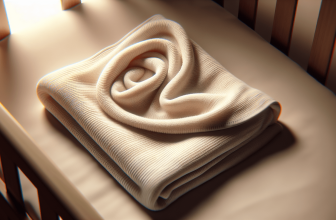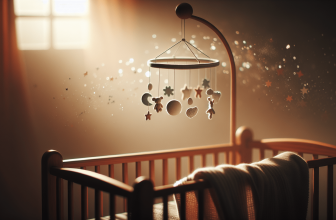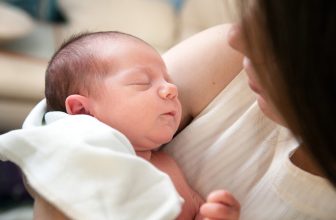Choosing the right mattress for your infant is crucial in ensuring their safety and reducing the risk of sudden infant death. With so many options available in the market, it can be overwhelming to navigate through the various features and specifications. However, by understanding the key factors to consider, you can make an informed decision and provide your little one with a safe sleeping environment. In this article, we will explore the importance of selecting a safe mattress and provide essential tips to guide you in choosing the perfect one for your baby.
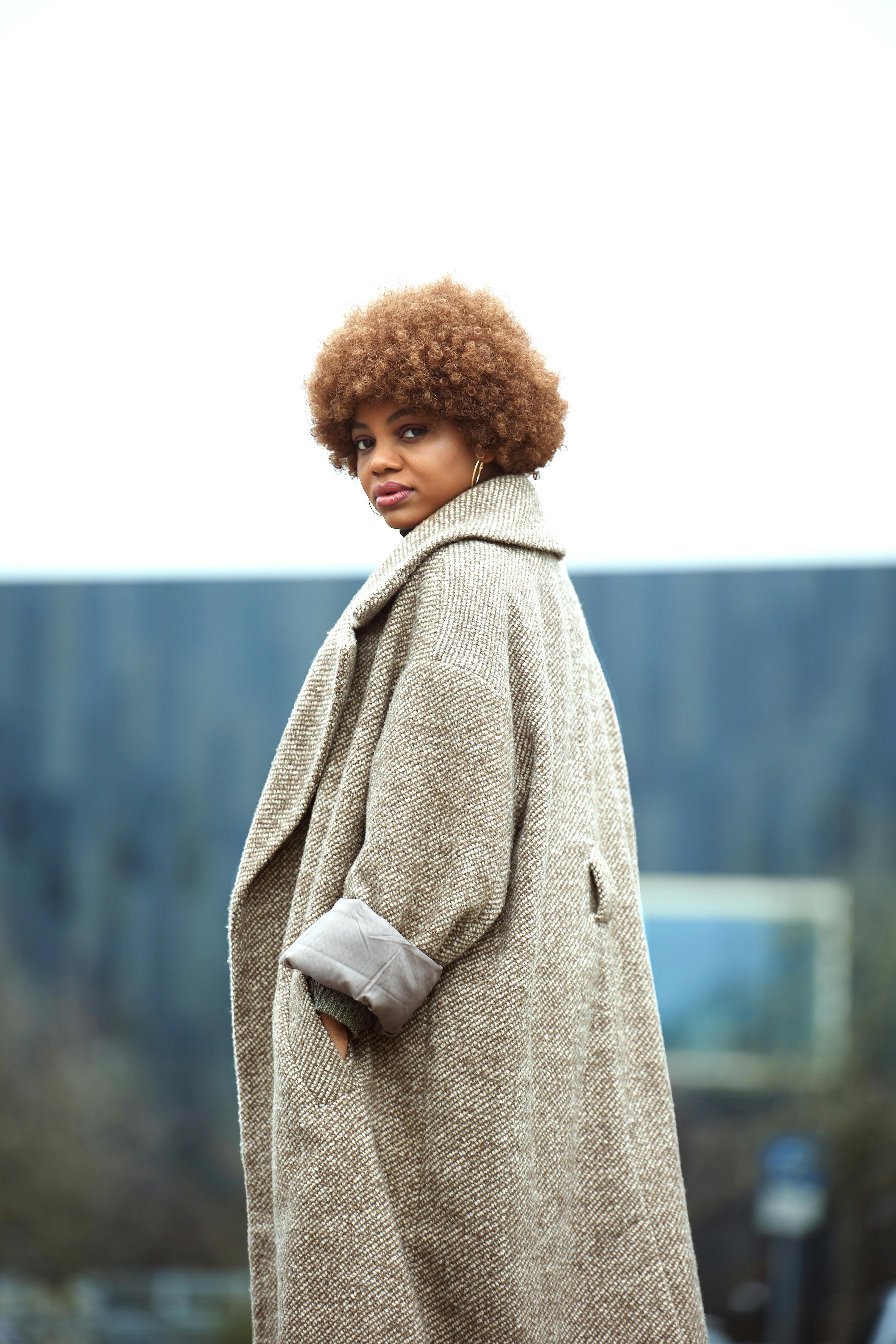
Understanding the Risk of Sudden Infant Death Syndrome (SIDS)
Sudden Infant Death Syndrome (SIDS) is a tragic and devastating phenomenon that involves the sudden and unexplained death of an otherwise healthy infant, typically during sleep. It is every parent’s worst nightmare, and understanding the risk factors associated with SIDS is of paramount importance in order to minimize the occurrence of such heartbreaking incidents.
Definition of Sudden Infant Death Syndrome (SIDS)
SIDS refers to the sudden death of an infant under the age of one that remains unexplained even after a thorough investigation, including a complete autopsy, examination of the death scene, and review of the infant’s medical history. It is important to note that SIDS is a diagnosis of exclusion, meaning other potential causes of death must be ruled out before SIDS can be determined.
Causes and Risk Factors of SIDS
While the exact cause of SIDS remains unknown, research has identified several risk factors that significantly contribute to the occurrence of SIDS. Examples of these risk factors include placing an infant on their stomach or side to sleep, exposure to smoking before and after birth, soft bedding in the sleep environment, overheating, and prematurity. It is crucial to understand and address these risk factors to reduce the incidence of SIDS.
Importance of Selecting a Safe Mattress
When it comes to reducing the risk of SIDS, choosing a safe mattress for your infant is of utmost importance. The mattress plays a crucial role in providing a safe and supportive sleep surface, helping to create a conducive environment for your baby’s healthy sleep.
Why the Mattress is Crucial in Reducing the Risk of SIDS
The mattress serves as the foundation of your baby’s sleep environment, and its characteristics can greatly impact their safety. A safe mattress ensures proper alignment and support for your infant’s developing body, reducing the risk of suffocation and other sleep-related incidents. A well-designed mattress also aids in maintaining optimal temperature and humidity levels, which are important factors in promoting safe sleep for infants.
Potential Dangers of Unsafe Mattresses for Infants
Using an unsafe or inappropriate mattress for your baby can pose significant risks. Soft and cushioned mattresses increase the likelihood of suffocation or accidental trapping, especially for younger infants who may lack the strength to reposition themselves. Additionally, mattresses made from low-quality materials may emit harmful chemicals, exacerbating respiratory issues or allergies in sensitive infants. It is crucial to select a mattress that prioritizes safety and comfort to ensure your baby’s well-being.
Choosing the Right Type of Mattress
When selecting the perfect mattress for your baby, there are several important factors to consider. Ensuring breathability and ventilation, firmness and support, hypoallergenic materials, and chemical-free options are all essential aspects of choosing a mattress that reduces the risk of SIDS.
Factors to Consider when Selecting a Mattress
Breathability and ventilation are critical factors when choosing a mattress for your infant. Opt for a mattress with breathable materials, such as mesh or open-cell foam, which allow air to flow freely, reducing the risk of carbon dioxide build-up and overheating. Proper ventilation helps maintain a comfortable sleep temperature for your baby.
Firmness and Support
A firm mattress is essential to reduce the risk of suffocation and positional asphyxiation. Soft or overly cushioned mattresses can mold around an infant’s face, obstructing their airways and increasing the chances of SIDS. Opt for a mattress that offers firmness and support, ensuring a safe sleep surface for your little one.
Hypoallergenic Materials
Infants are particularly sensitive to allergens and irritants, which can affect their breathing and overall health. Choosing a mattress made from hypoallergenic materials helps minimize the risk of allergic reactions, ensuring your baby can sleep comfortably and safely. Look for mattresses that are specifically designed to be hypoallergenic and free from common allergens such as latex, wool, or synthetic materials.
Chemical-Free Mattresses
Some mattresses may contain harmful chemicals, such as flame retardants or volatile organic compounds (VOCs), which can emit noxious fumes that can be detrimental to your baby’s health. Opting for a mattress that is certified to be free from these chemicals provides peace of mind and ensures a safer sleep environment for your little one.
Evaluating Safety Standards and Certifications
To ensure the utmost safety for your baby, it is important to evaluate the safety standards and certifications associated with the mattress you plan to purchase. Look for reputable certifications and standards that validate the mattress’s compliance with safety guidelines.
Overview of Safety Standards for Infant Mattresses
ASTM International is a widely recognized organization that sets standards for various products, including infant mattresses. Their standards ensure that mattresses meet specific safety criteria, such as proper firmness, structural integrity, and flammability resistance. Choosing an ASTM-certified mattress provides assurance that it adheres to the highest safety standards.
Certifications to Look for when Purchasing a Mattress
CertiPUR-US certification is a program focused on evaluating the foam used in mattresses, certifying that it meets rigorous standards for content, emissions, and durability. This certification guarantees that the foam has undergone comprehensive testing and does not contain harmful substances.
Another certification to consider is the Global Organic Textile Standard (GOTS), which ensures that the materials used in the mattress are organic, free from harmful chemicals, and responsibly sourced. GOTS certification promotes sustainability and safer sleep products for infants.

Avoiding Potential Hazards in Mattresses
When selecting a mattress for your baby, it is crucial to be aware of potential hazards that can compromise their safety. By avoiding excessive padding, ensuring tight-fitting sheets, checking for potential suffocation hazards, and avoiding flame retardant chemicals, you can create a safer sleep environment for your little one.
Avoiding Mattresses with Excessive Padding
Excessive padding, such as thick quilted tops or extra layers, can increase the risk of suffocation or overheating. These materials can trap heat and obstruct airflow, leading to an unsafe sleep environment for your baby. Opt for a mattress with minimal padding to reduce these risks.
Ensuring Tight-Fitting Sheets
Using fitted sheets that securely fit the mattress is crucial to prevent any loose fabric from becoming entangled around your baby. Loose bedding can pose a suffocation hazard if it covers the infant’s face or obstructs their breathing. Always ensure the sheets are tightly secured and do not pose any potential risks.
Checking for Potential Suffocation Hazards
Inspect the mattress carefully for any potential suffocation hazards, such as gaps between the mattress and the crib or bassinet. These gaps can entrap an infant’s head or limbs, leading to a serious safety concern. Ensure a proper fit between the mattress and sleeping surface to eliminate any suffocation risks.
Avoiding Flame Retardant Chemicals
Flame retardant chemicals, commonly used in certain mattresses, can emit toxic fumes when exposed to high temperatures. These chemicals may contribute to respiratory issues and are best avoided in an infant’s sleep environment. Opt for mattresses that specifically state they are free from flame retardant chemicals.
Avoiding Second-Hand or Older Mattresses
Using second-hand or older mattresses can pose risks, as they may have worn-out surfaces, compromised structural integrity, or outdated safety features. It is best to purchase a new mattress for your baby to ensure it meets the latest safety standards and regulations.
Maintaining a Safe Sleeping Environment
Apart from selecting a safe mattress, maintaining a safe sleeping environment is crucial to reduce the risk of SIDS. It is important to consider factors such as a separate sleep surface, using a firm and flat crib or bassinet, ensuring proper positioning of the mattress, and keeping the sleeping area free from hazards.
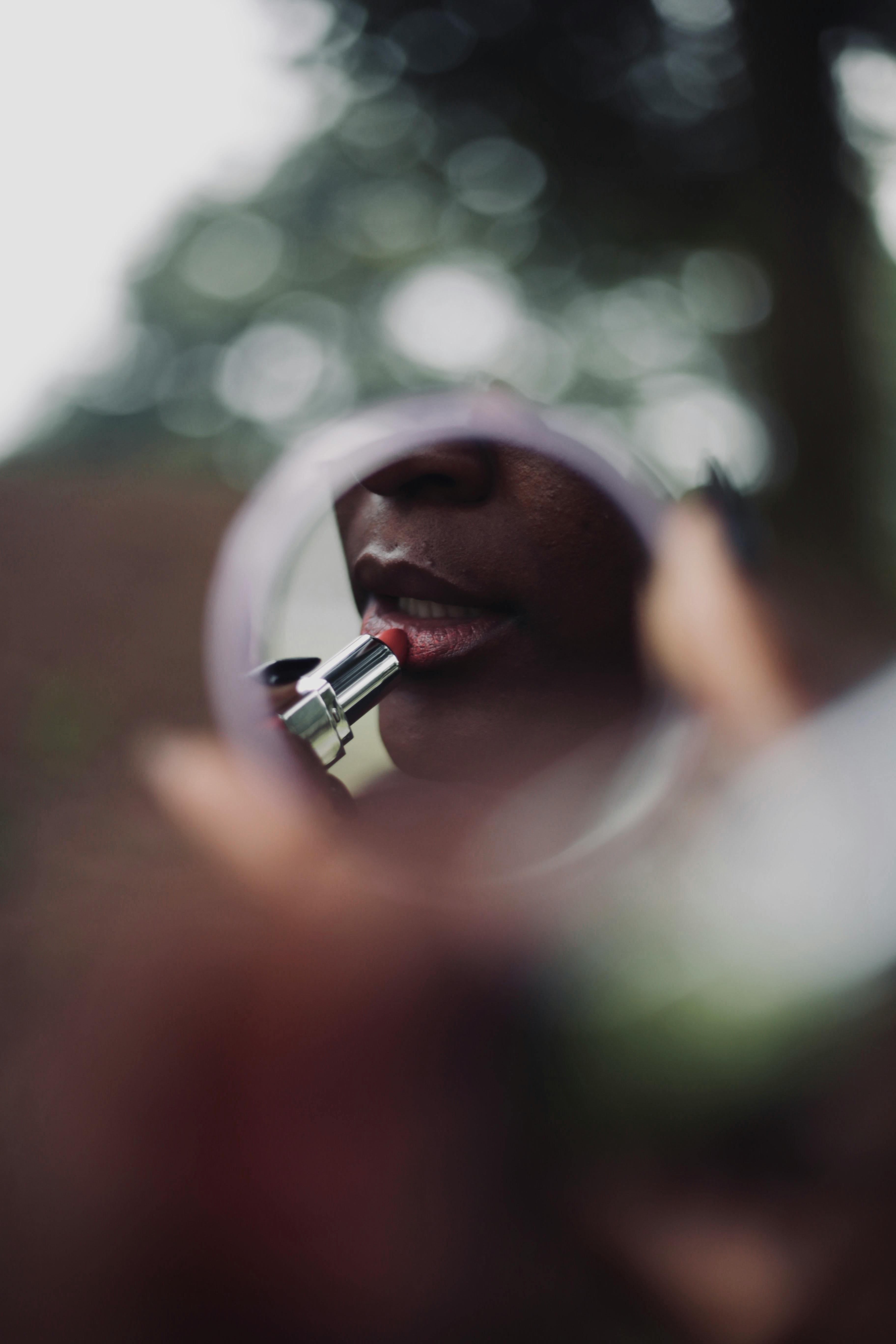
Importance of a Separate Sleep Surface
To minimize the risk of suffocation or accidental trapping, it is recommended to provide a separate sleep surface for your baby, such as a crib or bassinet. This helps prevent unintended entanglement with pillows, blankets, or adult bedding, ensuring a safer sleep environment.
Using a Firm and Flat Crib or Bassinet
A firm and flat crib or bassinet provides the necessary support for your infant’s growing body and reduces the risk of suffocation. Avoid using sleep surfaces that are excessively soft or saggy, as they can pose hazards to your baby’s breathing and overall safety.
Ensuring Proper Positioning of the Mattress
Proper positioning of the mattress within the crib or bassinet is important to eliminate any potential gaps or entrapment hazards. Ensure the mattress fits snugly and securely within the sleep surface, leaving no room for accidental trapping or suffocation risks.
Keeping the Sleeping Area Free from Hazards
It is crucial to keep the sleeping area free from any hazards that can compromise your baby’s safety. Avoid placing stuffed animals, pillows, or loose bedding in the crib or bassinet, as these items can pose suffocation risks. Keep the sleep environment clear and free from any potential hazards to ensure a safe and secure sleep surface for your little one.
Considering Additional Safety Measures
While selecting a safe mattress is crucial, there are additional safety measures and practices that can further enhance the overall safety of your baby’s sleep environment. These may include using breathable crib mattresses, implementing safe sleep practices, monitoring the temperature and humidity, and regularly checking for wear and tear.
Use of Breathable Crib Mattresses
Breathable crib mattresses are designed with materials that promote airflow, reducing the risk of carbon dioxide build-up and overheating. These mattresses offer additional peace of mind and ensure a more comfortable and safer sleep environment for your baby.
Implementing Safe Sleep Practices
In addition to selecting a safe mattress, it is important to implement safe sleep practices. These practices include placing your baby on their back to sleep, avoiding loose bedding, maintaining a comfortable room temperature, and ensuring a smoke-free environment. By following these guidelines, you can significantly reduce the risk of SIDS and create a safer sleep environment for your little one.
Monitoring the Temperature and Humidity
Maintaining the appropriate temperature and humidity levels in your baby’s sleep environment is crucial for their comfort and safety. Ensure the room is not too hot or too cold, and use a thermometer and hygrometer to monitor and adjust these factors as needed. Ideal temperature and humidity levels promote a peaceful and safe sleep for your infant.
Regularly Checking for Wear and Tear
Over time, mattresses may show signs of wear and tear, compromising their safety and effectiveness. Routinely inspect your baby’s mattress for any signs of damage, such as sagging, fraying, or broken springs. If any issues are detected, it is important to replace the mattress promptly to maintain a safe sleep surface for your baby.
Tips for Purchasing a Safe Mattress
Now that you are aware of the importance of selecting a safe mattress and the factors to consider, here are some additional tips to help you make an informed purchase:
Buying from Reputable Retailers
Purchase your baby’s mattress from reputable retailers or manufacturers known for their commitment to safety and quality. These establishments are more likely to offer products that adhere to safety standards and have undergone rigorous testing.
Reading Customer Reviews and Ratings
Before making a purchase, take the time to read customer reviews and ratings of different mattresses. These reviews provide valuable insights into the experiences and satisfaction levels of other parents, helping you make a more informed decision.
Understanding Return Policies
Familiarize yourself with the retailer’s return policy to ensure you have the option to return or exchange the mattress if it does not meet your expectations or safety requirements. This gives you added flexibility and peace of mind when making a purchase.
Considering Budget-Friendly Options
Selecting a safe mattress for your baby does not necessarily mean breaking the bank. There are budget-friendly options available that meet safety standards and offer the necessary features to ensure a safe sleep environment. Research and compare different options to find the best balance between safety and affordability.
Educating Caregivers on Safe Sleep Practices
In addition to selecting a safe mattress and implementing safe sleep practices, it is vital to educate parents and caregivers on the importance of creating a safe sleep environment for infants. By raising awareness about safe sleep guidelines and promoting safe sleep habits, we can collectively work towards reducing the risk of SIDS.
Importance of Educating Parents and Caregivers
Many parents and caregivers may not be aware of the potential risks associated with SIDS and the importance of safe sleep practices. Educating them about these risks and providing information on how to create a safe sleep environment is crucial in safeguarding the well-being of infants.
Raising Awareness about Safe Sleep Guidelines
Promoting safe sleep guidelines, such as placing infants on their back to sleep, using firm sleep surfaces, and avoiding loose bedding, is essential in reducing the risk of SIDS. Through educational campaigns and awareness initiatives, we can empower parents and caregivers with the knowledge to make informed decisions and prioritize their baby’s safety.
Promoting Safe Sleep Habits
Beyond the mattress itself, developing and promoting safe sleep habits is vital in ensuring a safe sleep environment for infants. Encouraging regular sleep routines, providing a calm and peaceful sleep environment, and promoting healthy sleep practices play a significant role in reducing the risk of SIDS.
Conclusion
The selection of a safe mattress is a critical component in reducing the risk of Sudden Infant Death Syndrome (SIDS). By understanding the risk factors associated with SIDS and choosing a mattress that prioritizes safety, breathability, firmness, and hypoallergenic materials, parents can create a safer sleep environment for their infants. It is important to evaluate safety standards, avoid potential hazards, and implement additional safety measures to further enhance the safety of the sleeping environment. By educating caregivers on safe sleep practices and promoting awareness of SIDS risks, we can empower parents to make informed decisions and prioritize the well-being of their babies. By taking these steps, we can work together to reduce the occurrence of SIDS and create a safer future for all infants.



